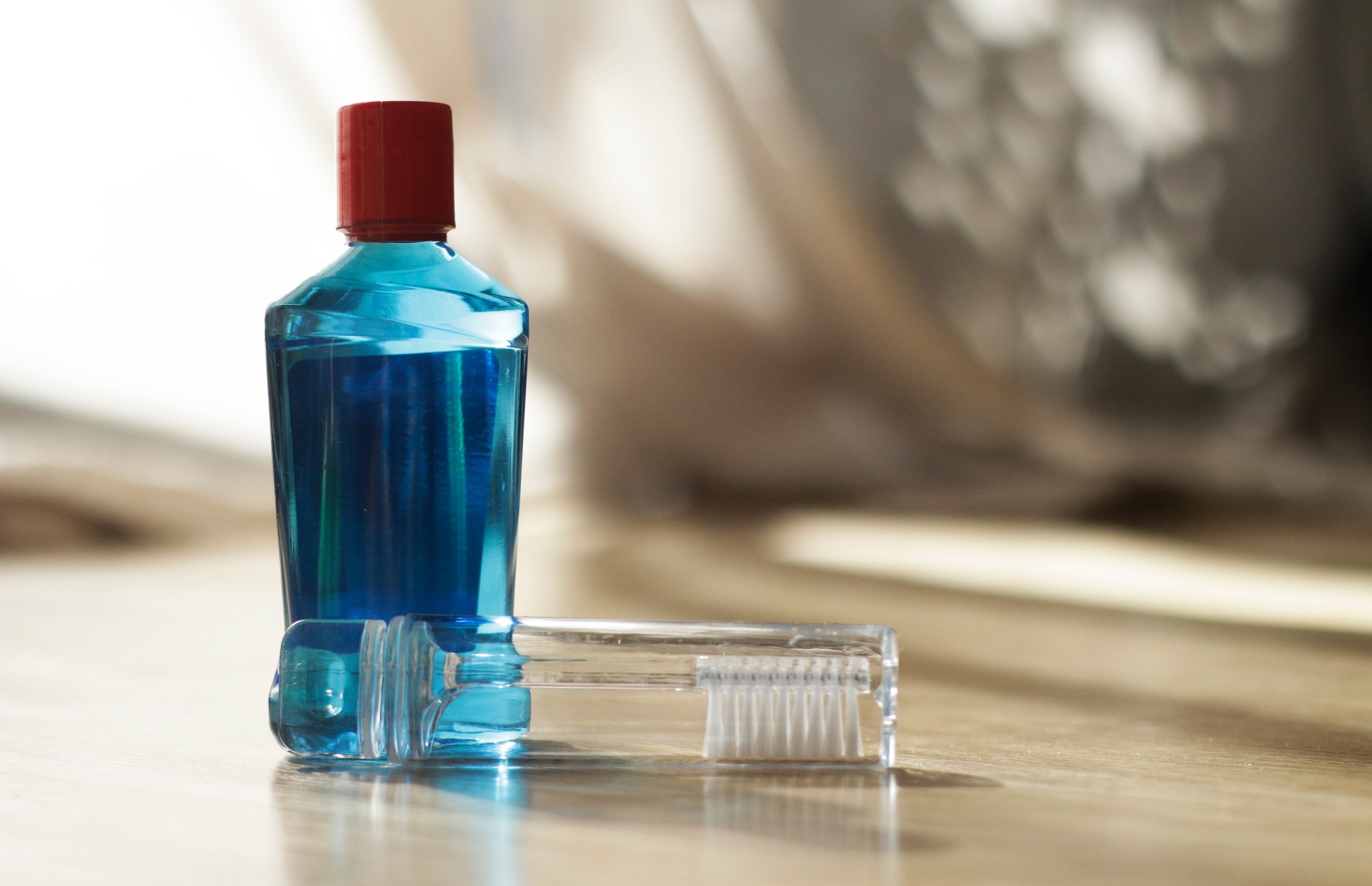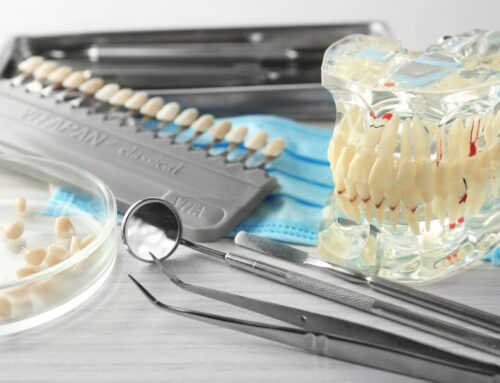Chlorine and fluorine are some of the most dangerous elemental gases on the planet but elements act very differently depending on what sort of compound they’re in. For example, add sodium to chlorine and you get table salt. Add sodium to fluorine and you get a mineral that will strengthen your teeth. That stuff your dentist calls fluoride is really sodium fluoride or a similar compound like stannous fluoride or sodium monofluorophosphate. What all these substances have in common is that they contain fluoride ions. For a long time nobody knew why fluoride helped prevent tooth decay because like so many other great discoveries it happened entirely by accident.
It all started in 1901, when a dentist named Frederick McKay moved to Colorado Springs. Being a dentist, McKay spent a lot of time looking at other people’s teeth, and to his alarm, many of the local teeth were spattered with brown stains—even teeth that were otherwise in perfect health. But despite their nasty-looking teeth, the locals seemed to have more of a resistance to tooth decay. He’d never heard of anything like this, and neither had any of his dentist friends. It took him and his colleagues thirty years but eventually, they figured it out. The people of Colorado Springs had gross-looking but healthy teeth because their water was full of naturally occurring fluoride.
In time, other researchers discovered that as long as water’s fluoride concentration is kept below 1 part per million, it would protect the teeth against cavities without those brown splotches. Based on this evidence, in 1945, Grand Rapids, Michigan became the first city in the United States to intentionally fluoridate its water. And for the next 15 years, researchers kept track of the rates of tooth decay among the city’s children. The number of cavities dropped by sixty percent, and soon everybody was fluoridating their drinking water and toothpaste. But still…dentists weren’t sure why the fluoride worked. However, by 1962 they figured it out.
It turns out that fluoride’s effectiveness has a lot to do with the chemical composition of tooth enamel, which is the hard outer layer of the tooth. Enamel contains a compound called hydroxyapatite. When bacteria on your teeth start digesting the sugars in your mouth, they can produce enough acid to actually dissolve this hydroxyapatite—which then produces calcium and phosphate ions. Fluoride works by combining with these ions, producing a different compound, fluorapatite, which is actually incorporated back into the tooth as re-formed enamel. And since it takes a higher concentration of acid to dissolve the fluorapatite, this new enamel is much more resistant to decay. So fluorine might be super dangerous, but fluoride is the best way to protect your teeth.
About DiGrazia Family Dentistry in Reno, NV
At DiGrazia Family Dentistry, we are committed to providing our patients with exceptional dental care. Conveniently located in midtown Reno, Dr. DiGrazia and our expert dental team offer the best dental treatments for the whole family. If you have any questions you can fill out our general contact form or you can schedule an appointment by following the link here or you can give us a call at (775) 786-2077.






